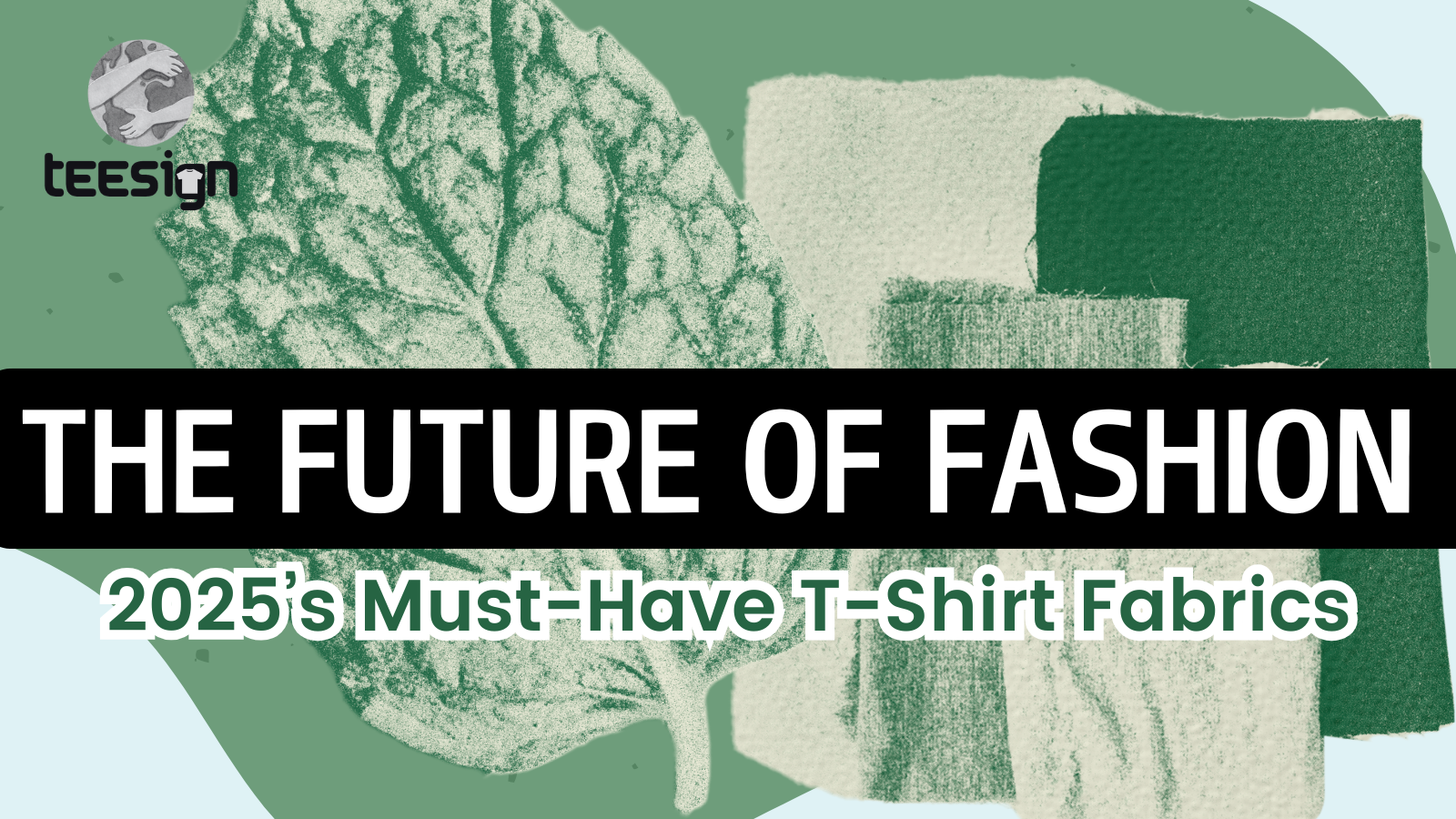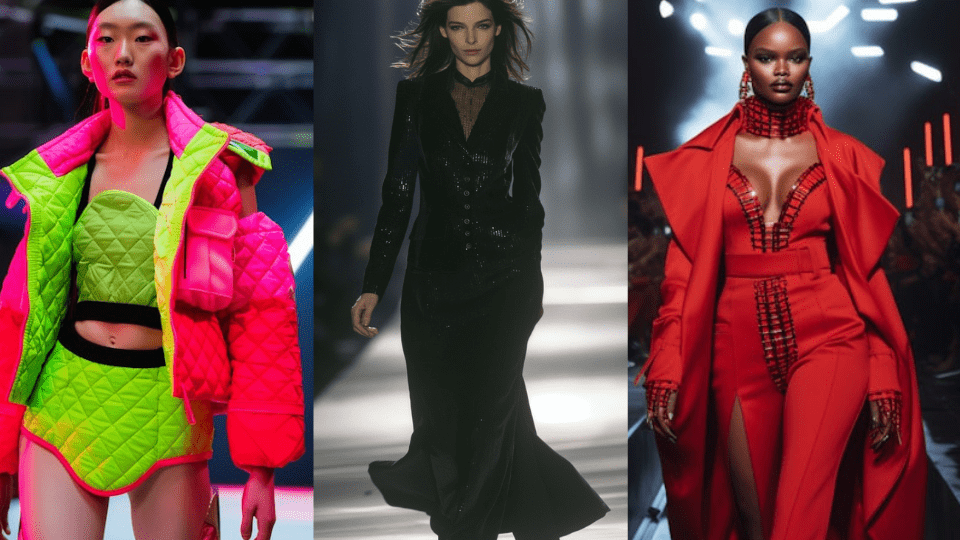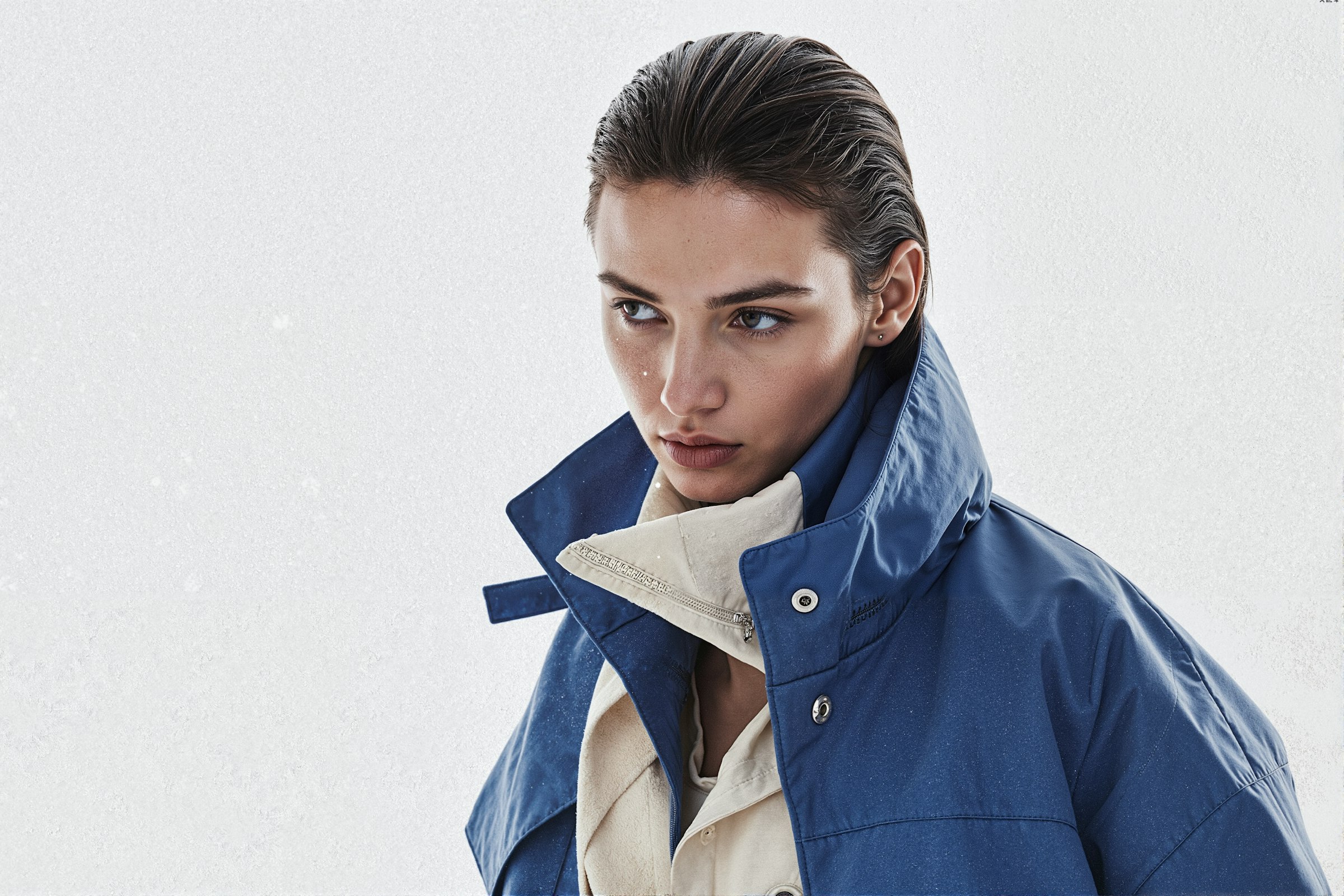As we step into 2025, the world of fashion is evolving at a rapid pace, with sustainability, functionality, and innovation at the heart of these changes. This year’s spotlight shines on cutting-edge T-shirt fabrics that merge eco-consciousness with modern technology. Here’s an in-depth look at the materials expected to dominate wardrobes in 2025.
1. Sustainable Fabrics: A Greener Tomorrow
Environmental responsibility continues to drive fabric innovation. The rise of recycled fibers, such as rPET (recycled polyester), is reshaping the industry. Derived from post-consumer plastics, this material offers durability while significantly reducing waste. Upcycled textiles—made from unused fabric scraps or discarded clothing—add to the circular fashion model, minimizing environmental impact.
Another key player is bio-based fibers, including bamboo and Tencel. Bamboo fabric is lightweight, antibacterial, and highly breathable, making it ideal for summer wear. Tencel, derived from sustainably sourced wood pulp, boasts a silky texture and excellent moisture-wicking properties, aligning with the growing demand for comfortable yet stylish apparel.
According to Textile Exchange, the global market for sustainable fibers is expected to grow by 9% annually, driven by consumer awareness and government regulations.
2. Performance Fabrics: Where Fashion Meets Function
Modern lifestyles call for clothing that adapts to various settings, from workouts to casual outings. Leading this category are thermoregulating fabrics like PCM (Phase Change Material), which adjust to body temperature for all-day comfort. In colder climates, materials with built-in heat-retention technology are gaining traction, while cooling fabrics are perfect for warm weather.
Antimicrobial fibers, such as silver-infused textiles, are also becoming a staple. These materials prevent odor-causing bacteria, offering fresh wear throughout the day—ideal for fitness enthusiasts and commuters alike. Meanwhile, smart textiles equipped with sensors for UV protection or health monitoring are paving the way for wearable technology.
3. Hybrid Materials: The Best of Both Worlds
To combine style with practicality, fabric blends are making waves. A mix of spandex and natural fibers like cotton offers stretchability and comfort, ideal for activewear and everyday tees. Polyester-cotton blends continue to be popular for their resilience and ease of maintenance, especially in vibrant, digitally printed designs.
An emerging favorite is linen blends, which fuse the breathable properties of linen with the softness of cotton or Tencel. This hybrid approach reduces wrinkles, providing a polished yet relaxed look suitable for various occasions.
4. Premium Everyday Fabrics: Luxury Meets Accessibility
Consumers are leaning toward high-quality materials for everyday wear. Merino wool stands out as a versatile option, offering natural moisture management, odor resistance, and year-round comfort. It’s not just for winter anymore—lightweight versions cater to warmer seasons as well.
Another premium contender is cashmere blends, which introduce a touch of luxury to casual wardrobes. Combining cashmere with durable fibers like silk or spandex results in soft, long-lasting fabrics that are perfect for elevated basics.
5. Textural Innovation: Feel and Look Good
Fashion is becoming increasingly tactile, with designers experimenting with textures. Slub cotton, characterized by its unique, uneven surface, adds a vintage charm to T-shirts. This fabric is lightweight and breathable, making it a go-to choice for minimalist aesthetics.

3D-textured fabrics take visual and tactile appeal to the next level. These materials offer depth and dimension, catering to consumers seeking bold, statement-making pieces. Expect to see these in both streetwear and avant-garde collections.
6. Customization Through Innovative Fabrics
As personalization trends continue to rise, materials designed for digital printing are growing in demand. These fabrics enable high-definition prints with vibrant colors and intricate details, appealing to the growing market for custom and limited-edition designs.
Another futuristic option is color-changing textiles, which react to temperature or sunlight. This playful innovation taps into the younger demographic, combining technology with style.
Why These Fabrics Matter in 2025
The shift toward sustainability and functionality is not merely a trend—it’s a necessity. With climate change and resource scarcity influencing consumer choices, fabrics like recycled polyester and upcycled textiles are no longer niche but mainstream. Additionally, the integration of smart technology into fabrics bridges the gap between clothing and innovation, creating pieces that are both practical and forward-thinking.
What Industry Leaders Say
- Stella McCartney, a pioneer in sustainable fashion, states:
“The future of fashion lies in materials that are both innovative and responsible. Brands must invest in technologies that reduce their footprint while maintaining quality and style.” - Research by McKinsey highlights that 65% of Gen Z consumers prefer brands that adopt sustainable practices, emphasizing the growing importance of ethical materials. Insights from this article
2025 Trends: Key Takeaways for Fashion Enthusiasts
- Eco-Conscious Choices: Recycled and bio-based fibers are here to stay, transforming waste into wearable art.
- Tech-Driven Textiles: From temperature-regulating fabrics to antimicrobial properties, the future is functional.
- Blended Comfort: Hybrid materials offer a perfect balance of performance and aesthetics.
- Luxury Basics: Premium fabrics like Merino wool and cashmere blends redefine everyday wear.
- Interactive Clothing: Customization and responsive textiles will dominate youthful, tech-savvy markets.
As the fashion landscape evolves, these fabric innovations will redefine how we perceive and wear T-shirts. By embracing these trends, consumers can look forward to clothing that aligns with their values, enhances their lifestyle, and adds a touch of futuristic flair to their wardrobe.




